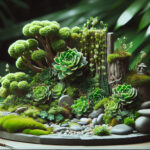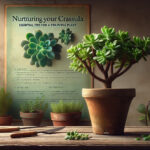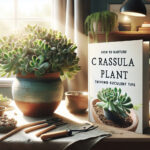Understanding Crassula Dormancy
Welcome to the whimsical world of Crassula, where these succulents aren’t just sitting pretty—they’re smart, too! In the realm of green-thumb enthusiasts, Crassula species are like the self-care gurus of the plant kingdom, taking time out for dormancy and showing us how it’s done. Let’s unpack this snooze fest to uncover why Crassula plants catch some Z’s and how it makes all the difference in their care.
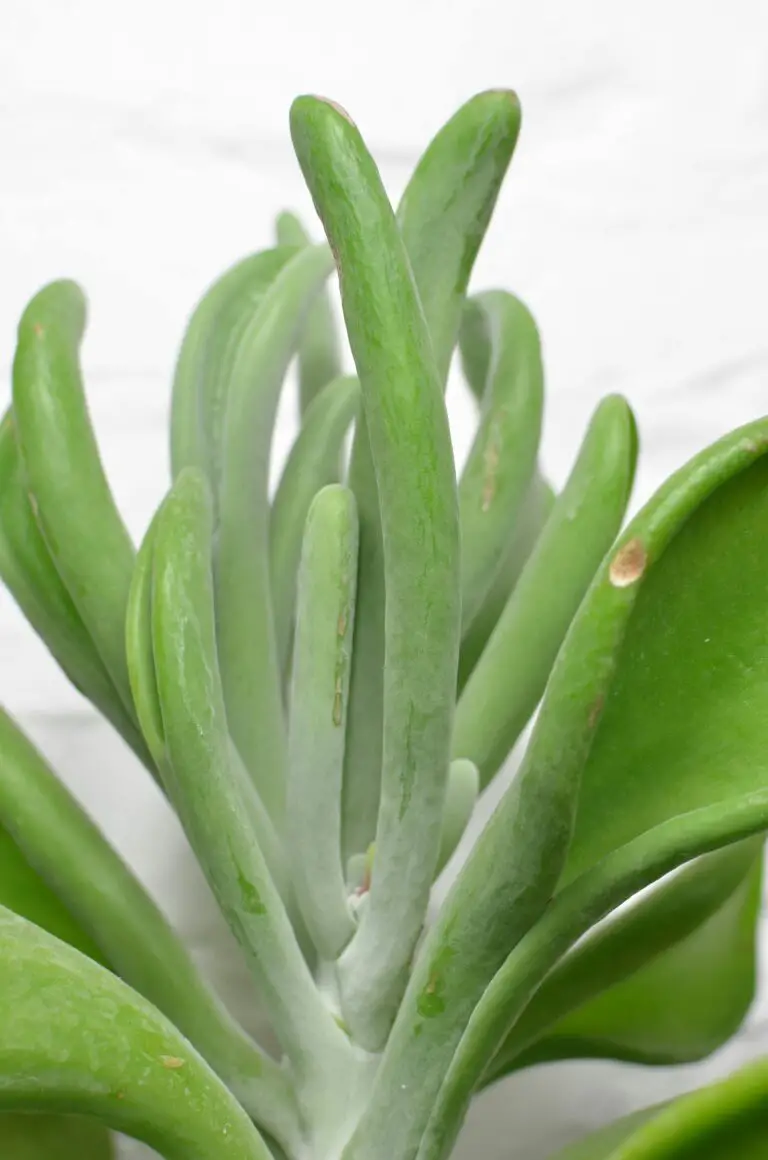
Think of dormancy as a strategic pit-stop, a planned snooze beneath the surface. It’s Mother Nature’s nifty trick, allowing Crassula to hit pause, refresh, and survive the less-than-ideal seasons when water is as scarce as a raindrop in the desert. While the top side stays statuesque and stoic, below deck, it’s full steam ahead with silent, secret preparations for the grand display of vitality in the growing season.
During this downtime, you might think your Crassula has ghosted you, but fear not! Much like bears gearing up for winter, Crassula plants are merely recharging to come back bigger and bolder. In fact, catching these succulents in slumber mode is your chance to shine as a plant parent. Dive into our guide on Crassula Jade Care to discover how to tweak that TLC and keep your green companions thriving through the sleepy seasons.
Understanding dormancy isn’t just about making a calendar note; it’s about syncing with the beat of your Crassula’s heart. Witness how your plant buddy slumbers, banks energy, and maps out its comeback tour. When next you water or whisper sweet nothings to your leafy friend, remember, these snoozy spells are a cue from nature herself: rest, recharge, and ready the stage for a succulent spectacle!
Identifying the Dormancy Period of Crassula
As the seasons turn, Crassula enthusiasts often ponder “When are Crassula dormant?” It’s during this time that our hearty green friends take a well-deserved slumber. Picture a Crassula, plump and carefree, in its peak summer bloom. But as the winter chill tiptoes in, it’s time for these succulents to tuck in for their dormant siesta.
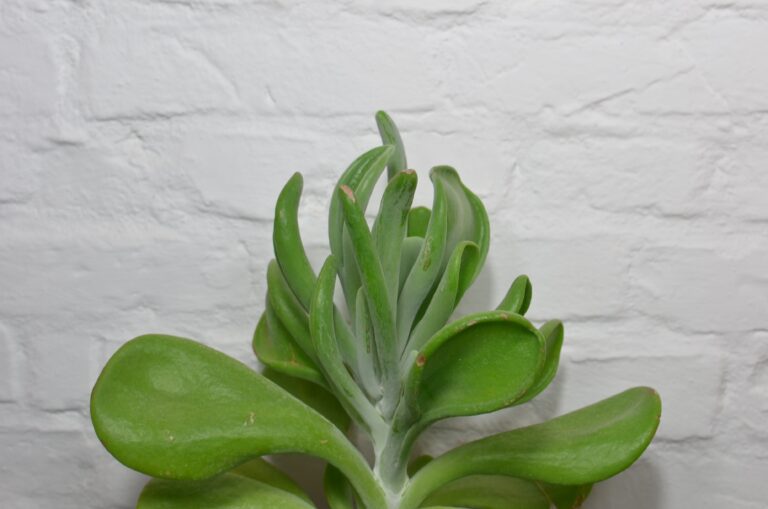
What’s fascinating is the confluence of factors that cue this rest period: shorter daylight hours whisper the news of impending rest, while temperature drops serve as a chilly nudge towards dormancy. Think of a symphony with Mother Nature as the conductor—climate, light, and temperature variations all play their parts in this natural rhythm.
Compare your Crassula to a wise old bear. Just as the bear knows when to hibernate, your Crassula senses the shortening days and cooling temperatures of late fall and instinctively begins to conserve energy. This isn’t a time for growth; it’s a period of preservation, setting the stage for a future flourish when the days warm up once again.
Interestingly, while your indoor thermostat might hint at a perennial summer, Crassula are attuned to the subtler, environmental shifts—natural light and the actual ebb and flow of the seasons dictate their dormancy, not the indoor climate we humans prefer.
Throughout this dormancy—which often spans from late fall to early spring—their care needs pivot. The light and watering regimens must adapt to their slowed metabolism. It’s akin to serving a light salad to a guest in deep meditation—nourishment without the fanfare of a full banquet.
Gazing upon your dormant Crassula, appreciate this natural pause. It’s a survivor’s rest, ensuring that when the world warms and the days stretch long once more, your Crassula will awake, vibrant and eager to expand its succulent embrace.
Crassula Varieties and Their Dormant Seasons
If you’ve ever marveled at the resilience of the succulent family, particularly those of the Crassula genus, you’ve noticed their uncanny ability to thrive with minimal fuss. But just like animals preparing for hibernation, these hardy plants have a dormant period, a time when they conserve energy and take a well-deserved rest. And here’s the twist: not all Crassula go dormant at the same time!
Let’s zoom in on the famous Crassula ovata, or the Jade plant as it’s affectionately known. In its native habitat and similar climates, the Jade plant typically slows down during the summer. Imagine it lounging back, sipping on the sunlight, and saying, “I’m on a break.” Why summer, you ask? It’s a survival mechanism to cope with the intense heat when water is just a mirage.
But what about its cousin, the Crassula argentea? This variety prefers to hibernate in winter, bundling up and waiting for warmer days. It’s as if it’s binge-watching its favorite series, waiting for spring’s season premiere. Each Crassula species has adopted its own survival script that best fits its native seasonal patterns.
Now, picture your indoor garden, your own little ecosystem. The dormancy of your Crassula might not follow the same calendar as those in the wild due to controlled temperatures and indoor climates. It’s like they’ve moved to a new country and are adapting to local customs. So, as a green-thumbed director of this botanical play, you must observe and act according to your plants’ cues.
Here’s a snapshot to inspire your succulent storytelling.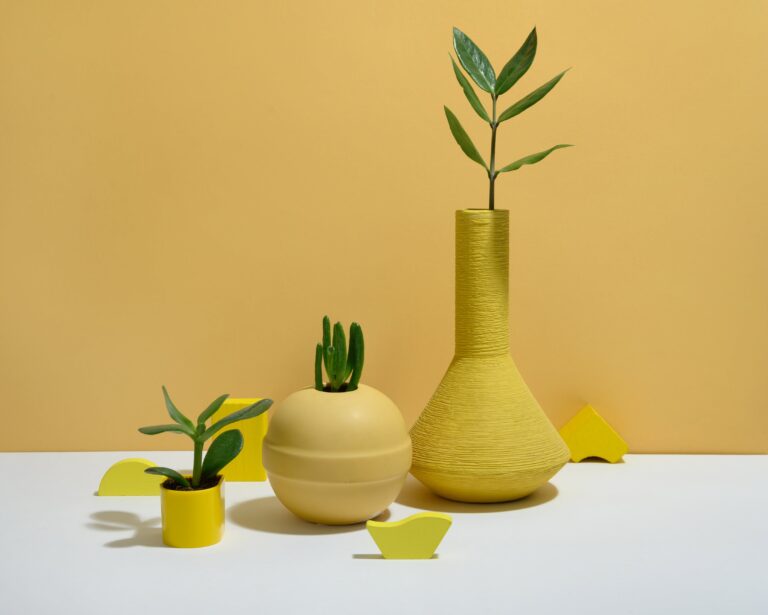
Understanding the dormant cycles is crucial for appropriate care. During dormancy, your Crassula’s appetite for water plummets – it’s dieting, after all. And just like any good diet, it’s all about balance – too much water and you’ll disrupt its natural rhythm, too little, and you may interrupt its peaceful slumber.
For those seeking a green haven, look beyond the dormancy and dive into our succulent care guide. It’s brimming with tips not just for the dormant season, but for year-round lushness. From lighting conditions to soil mixtures, it’s your roadmap to ensuring that when your Crassula awakens, it does so with the vibrancy of a plant fully rested and ready to grow.
So, as we roll the credits on this section, remember that each Crassula plant, from the mighty Jade to the dainty argentea, has its own unique dormant narrative to tell. Your role? Be the attentive audience, ready to adapt your care to their ancient rhythms, ensuring a performance that spans seasons with ease.
How to Care for Crassula During Dormancy
Caught in the calm before the flourish, your Crassula is whispering for repose. Yes, the dormancy phase is upon us – those chill, tranquil months when these succulent beauties slow down their growth and beg for a tailored approach to care. It’s a quirky botanical nap time, and we’re here to ensure your green companion wakes up refreshed and ready to thrive.
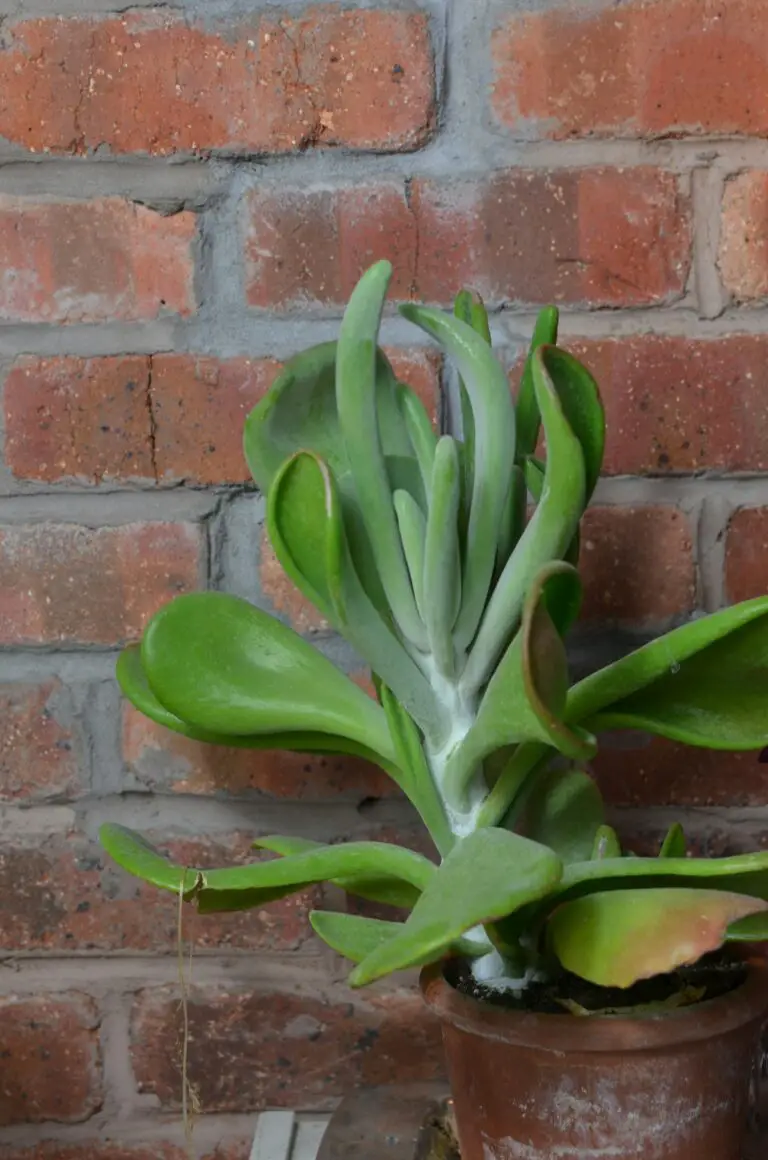
Watering with wisdom is paramount. Overzealous hydration enthusiasm? Save it for the active growing season! Instead, introduce your Crassula to a minimalist moisture mantra. Think of it like a camel crossing a vast desert – sporadic but substantial. Wait until the soil feels like ancient parchment – dry to the touch – before offering a drink. This periodic parching mirrors the natural habitat of these stoic succulents and prevents the dreaded root rot more effectively than an umbrella in a downpour.
Next up, the temperature tango. Your Crassula isn’t one to shiver or sweat; it prefers to stay cool and collected. A place that mimics a gentle autumn breeze, somewhere between 50 to 60 degrees Fahrenheit (10 to 15 degrees Celsius), will do splendidly. Avoid the icy grip of frosts and the stifling embrace of heaters. Consistency is key, as these plants don the armor of resilience against gradual temperature changes but can wilt under sudden thermal shocks.
Let there be a soft light! While it’s snoozing, your Crassula still yearns for the sun’s gentle kiss but not the full-on midsummer romance. East or west-facing windows showcase the best light real estate, basking your plant in indirect, mellow rays that remind it of brighter days without overwhelming it. This subtle suntan helps maintain the plant’s robust character and leafy liveliness through its restful period. Giving it the cherishing care it deserves can make all the difference when it comes time to segue back to its usual, sprightly self.
Recovery from dormancy is delicate, like a dancer’s first steps after a long rest. As the world warms and your Crassula stirs with renewed zest, continue your vigilance. Tend to it gently, increasing water and light incrementally, and watch as it stretches towards the sun, refreshed and invigorated for another season of verdant victories.
Common Mistakes to Avoid in Crassula Dormancy Care
When it comes to Crassula plants, a little knowledge can save a life—specifically, the life of your lush, jade-hued friend residing quietly in its pot. Just as bears hibernate to conserve energy, Crassula plants tuck themselves in for a dormancy nap during the colder months. And, as with tending to a hibernating bear (admittedly, a rare gardening task), the wrong move can lead to disastrous results. So, let’s unveil the pitfalls that plant parents often stumble into and, more importantly, how to tiptoe around them with the grace of a green-thumbed ninja.
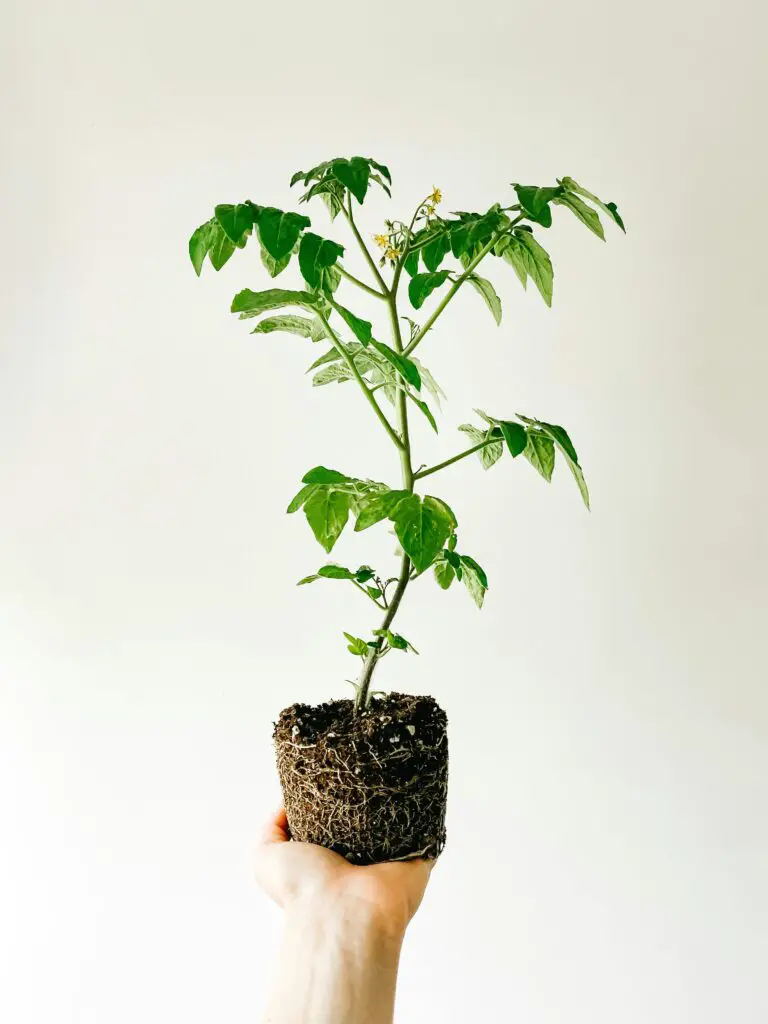
Imagine this: It’s the peak of winter, and your Crassula is as dormant as a dozing dormouse. You, being the caring plant owner you are, decide to stick to your watering schedule, because love equals water, right? Wrong. Here lies the first common blunder: overwatering. While your intentions are pure, too much H2O can cause root rot faster than you can say “succulent.” During dormancy, Crassula plants slurp up water with the enthusiasm of a toddler ignoring broccoli. Rule of thumb: check the soil’s moisture before reaching for that watering can.
Next up is sunlight—or rather, the neglect of it. Some think, “Ah, my plant’s asleep, it probably doesn’t need much light.” But there’s a catch. Crassula, even in its snooze phase, craves sunlight like a cat covets a warm windowsill. Ignoring their light needs leads to etiolation, where your plant stretches out awkwardly for any sunbeam, turning into the botanical equivalent of a teenager at a growth spurt. So, keep offering that sunny spot; it’s the equivalent of breakfast in bed for your Crassula.
Another faux pas is temperature disregard. Certain brave souls attempt to turn their homes into tropical oases in winter, bumping up the thermostat to help their plants “feel better.” Let’s be clear: Crassula doesn’t dream of the tropics during its siesta. These succulents prefer the cool, not the Caribbean. Just like putting a penguin in a sauna, too much warmth disrupts their natural dormancy cycle, and our Crassula might miss its cue to wake up when spring arrives.
In short, caring for a dormant Crassula is akin to caring for any sleeping beauty—a light touch and a watchful eye can prevent a rude awakening. So, remember these care tips, and dodge the common errors that lead to a gardener’s heartache. Your Crassula will thank you with a vibrant encore come spring—albeit silently, in pure plant fashion.
Preparing Crassula for Dormancy
As the days shorten and the cool breath of winter whispers through the garden, your Crassula plants feel the chill too, cueing their time to take a well-earned rest. But, the transition into dormancy is not something they should do alone. With a few careful adjustments to their care routine, you can escort your succulent companions seamlessly into their dormant state.
Watering Woes: Quenching Thirst Responsibly
Imagine you’re prepping for a months-long hibernation. Would you have a feast every day up until your big sleep? Unlikely. Similarly, Crassula plants need you to dial back on their hydration ritual as they approach dormancy. After all, they won’t be sipping as much while napping. Begin reducing the watering frequency gradually, mimicking the desert’s sporadic rainfall, their ancestral lullaby. This slight thirst primes them for the drought-like conditions of dormancy and avoids root rot – a notorious succulent slayer.
Nutrient Nudging: A Lighter Diet for Sleepy Times
Feeding a Crassula a full meal of fertilizers right before dormancy is akin to offering an espresso shot before bedtime – it just doesn’t jibe with good rest. Curbing the feeding schedule as dormancy nears tells your Crassula, in the gentlest way, that it’s time to wind down. Give them a light, balanced diet, low in nitrogen to discourage new growth that dormancy can’t sustain. Think of it as the plant equivalent of a light, nutritious snack instead of a heavy dinner.
Setting the Scene: Tweaking the Environment
Your Crassula doesn’t need the latest smart home gadgets to drift off into dormancy, but it does appreciate an environment tweak. As the temperatures drop, consider relocating your green buddy to a spot that mimics its natural cool, dry winter habitats – perhaps a cozy nook that shuns the harsh winter draft yet offers a cool embrace. It’s their version of snuggling under the covers, waiting for the warmth of spring to awaken them.
And let’s not overlook light – the maestro of growth and dormancy cues. As day length shortens, your plant’s internal clock ticks in rhythm, signaling it’s time to slow dance with dormancy. While it’s no dazzling disco, ensuring your Crassula still receives adequate light during the daytime is crucial for a stress-free slumber.
Witnessing the spectacle of a Crassula sliding into dormancy is watching nature’s own ballet – a dance of survival and renewal. By attentively adjusting watering, nutrition, and environment, you become a guardian of this delicate cycle. And who knows, maybe you’ll pick up a step or two from this botanical ballet!
For a visual step-by-step, watch this informative video on getting your Crassula ready for its dormant period:
The Impact of Environment on Crassula Dormancy
If you’ve got a green thumb for Crassulas, you’ve probably noticed that these plucky succulents don’t just march to the beat of their own drum—they snooze to it, too! That’s right; depending on their environmental conditions, these easy-goers toggle between growing and dozing off, and we’re here to uncover just how their surroundings call the shots.
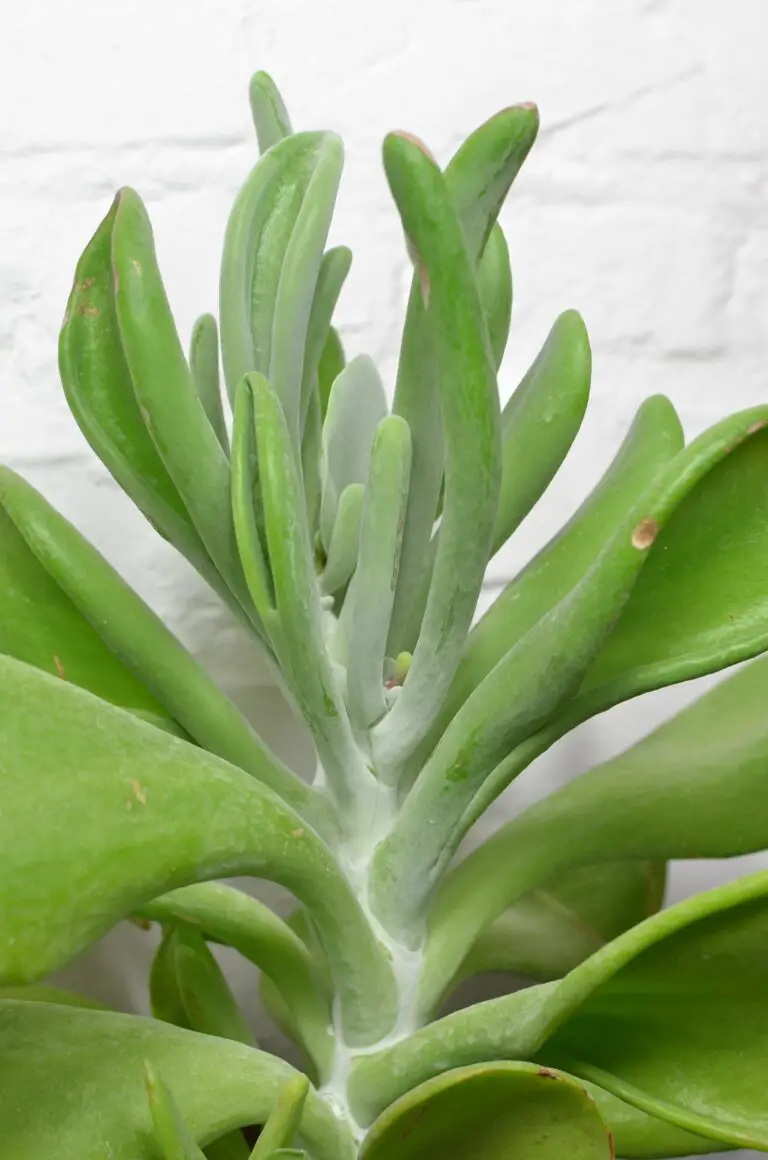
Let’s chat indoor Crassulas first. Cozied up in your living room, they’re living the steady life—consistent temperature, a dollop of sunlight from the window, and a splash of water now and then. Good conditions mean your verdant buddy is less likely to hit the snooze button. However, throw in a chilly draft or dim the lights, and you might just catch your Crassula yawning and stretching towards a restful dormancy period, retreating from the less-than-ideal conditions.
On the outdoor front, these succulents are real sunbathers unless winter throws in a curveball. Cooler climes can prompt an outdoor Crassula to get dormant. Picture this: As the temperature dips, your Crassula is thinking, ‘Time to pack it in for the season!’ It’s their natural response to the cold, and they might stay dormant longer than their indoor pals if Jack Frost decides to linger a bit.
Now, don’t go thinking that all Crassulas are the same. Like us with our distinct personalities, each Crassula species might hit the hay at slightly different times or under varying conditions. Some might just need a shorter day length to tuck in for a long nap, while others wait for temperature cues. It all boils down to where they naturally come from and the seasonal patterns they’re tuned into.
Keep in mind, these succulent siestas aren’t a cause for alarm. It’s a natural, healthy cycle that helps your Crassula conserve energy for when the good times roll again. So, whether perched on your bookshelf or basking in your garden, understanding and respecting your Crassula’s need for a little downtime will keep it fresh and flourishing for seasons to come.
FAQs on Crassula Dormancy
Gardeners and succulent aficionados alike, gather ’round! It’s time we dive into the intriguing world of Crassula dormancy. You’ve often seen these plump, fetching green beauties basking in the warm sun – but just like us, they need their beauty sleep. Let’s unravel the mysteries of when these succulents hit the snooze button and why it’s vital for their survival.
Here’s the key – Crassula plants are typically dormant during the hot and dry summer months. Picture this: while we’re sipping on lemonade in our coolest threads, these hardy plants are conserving every ounce of water, holding tight to life as they endure the scorching sun. By entering a dormancy phase, they’re playing it smart and safe, ensuring they can flourish once the conditions are just right again.
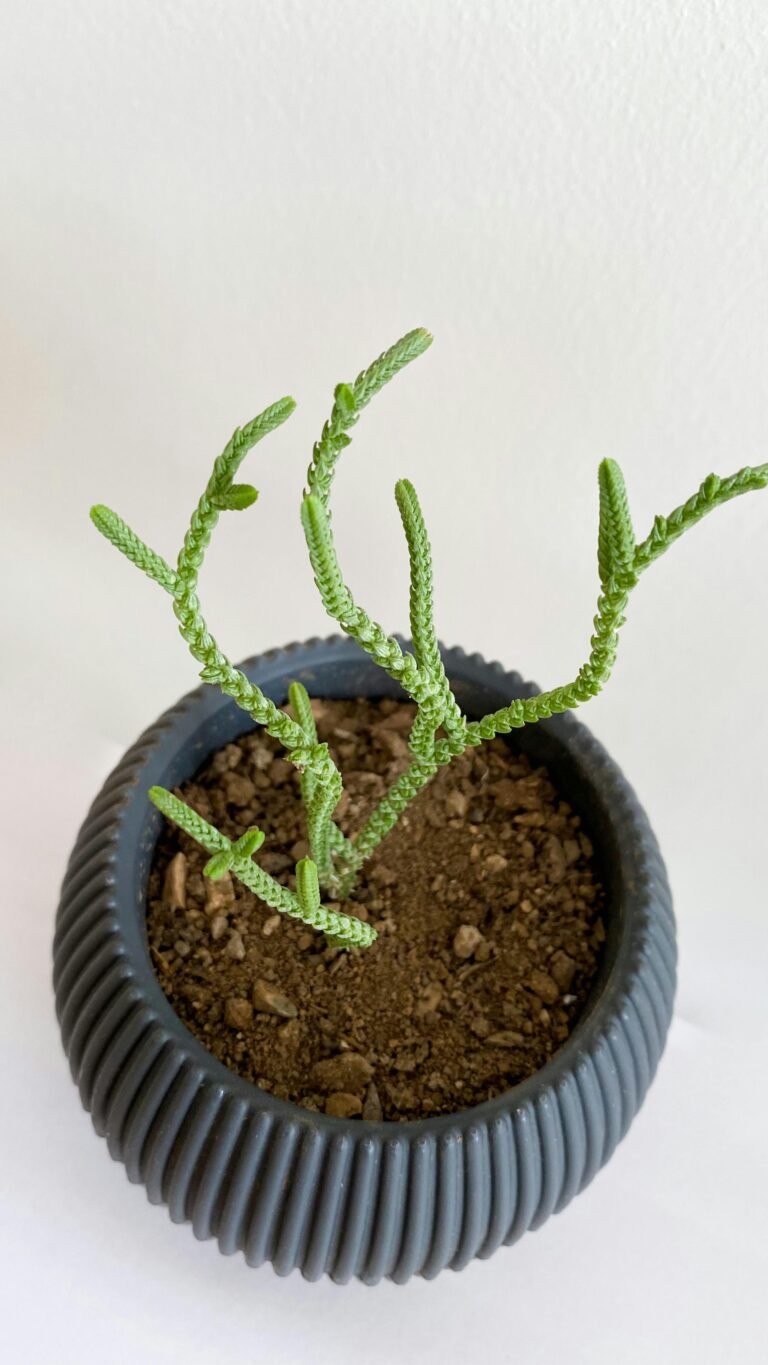
But why summer, you ask? It’s all about their native habitat – the arid soils of Africa and Madagascar that have baked under millennia of intense sun. Evolution has sculpted Crassula to be masters of survival, storing water in their captivating leaves and going dormant when moisture is in short supply. It’s an impressive adaptation, one that houseplant enthusiasts must respect when tending to these resilient succulents.
Now, you may wonder, “How can I tell if my Crassula is dormant?” It’s simpler than you think! During dormancy, your Crassula’s growth will practically halt, and it may even shed a few leaves. But fret not – this isn’t a plea for help; it’s a sign of a plant prudently perserving its resources. Your job? Ease up on the watering can – a little thirst is just what they need during this period.
Some plant parents fear dormancy is a sign of unhealthiness, but it’s quite the opposite. It’s a natural cycle, a reset that primes Crassula for a burst of growth when the conditions are favorable. Imagine the joy when you observe the first sprouts of new growth after a period of rest – it’s nature’s way of surprising us, urging us to stay tuned for the next act in their life.
Remember, these aren’t your typical green companions that crave constant attention. They’re survivors designed for the long haul. By understanding and catering to their dormancy needs, you’re setting the stage for a robust and revitalized companion ready to dazzle you with growth when the time is right.

